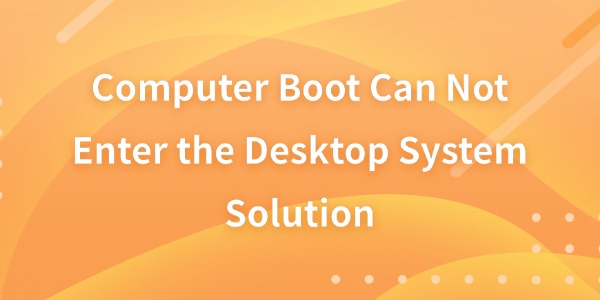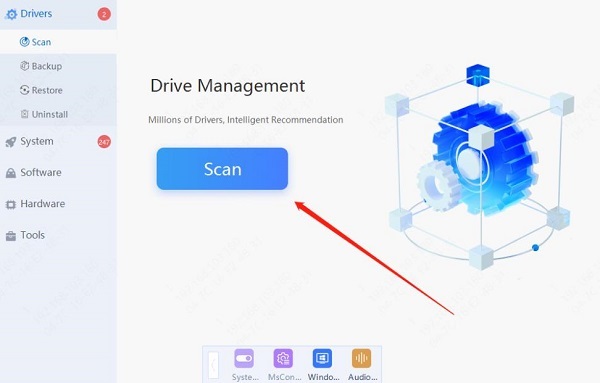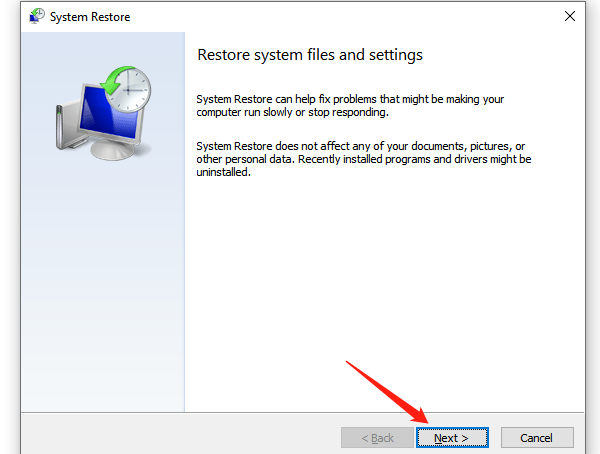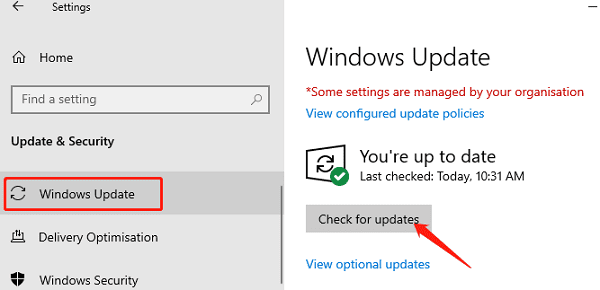
When your computer is turned on but can't enter the desktop system normally, it will bring inconvenience to your work or study. This article will provide you with a series of practical solutions to help you solve the problem of not being able to enter the desktop system after booting.
Step 1: Safe Mode Boot
If your computer can't enter the operating system interface normally, you can first try to boot in safe mode. Safe mode is a diagnostic tool provided by the Windows system, which helps to exclude the influence of third-party software by loading only the necessary drivers and services. Press the F8 key (or Shift+F8) continuously during the boot process and select "Safe Mode" to enter. If you can successfully enter the safe mode, the problem may be related to non-core system components.

Step 2: Update Drivers
Outdated or incompatible drivers may cause your computer to be unable to access desktop system problems, and keeping drivers up to date is critical to system stability and performance. It's recommended to use Driver Sentry for automatic driver updates, saving time and avoiding the risk of downloading or installing incorrect drivers.
Click the download button to get the latest version of Driver Sentry, install it, and click "Scan".

Once the scan is complete, it will show drivers that need updates. Find the necessary drivers and click "Update".
After updating, restart your computer to ensure the new drivers take effect.
Step 3: System Recovery or Repair Disk
If none of the above steps can solve the problem, then there may be a hardware failure. For example, a faulty memory stick, hard disk drive or graphics card may prevent you from accessing the system. This is where you need to check for loose cables and any visible signs of damage to the various hardware devices. In the case of laptops, it is advisable to contact a professional for inspection.
Step 4: Check the Hardware
If you're not sure exactly which change is causing the problem, try using the system's restore feature to go back to an earlier point in time. In Windows, this can be done by going to "System and Security" > "System" > "Advanced System Settings" > "System Protection" > "System Restore". Alternatively, you can use the installation CD or USB to boot your computer and select the Repair option to scan and repair possible system errors.

Step 5: Check Windows Updates
Click the "Start" button and go to "Settings" > "Update & Security".
Under "Windows Update", click "Check for updates".

If updates are found, click "Download and install".
Once the installation is complete, restart your computer to apply the updates.
Step 6: Reinstall the Operating System
If all the above methods are ineffective and you are sure that it is not a hardware failure, the last resort is to reinstall the operating system after backing up important data. It should be noted that you must make sure that all your personal files have been safely saved to an external storage device before that.
The above is the solution to the problem of not being able to access the desktop system after the computer is turned on, hope it will be helpful to you.
See also:
How to Fix Dread Hunger Crashing Issues
8 Methods to Fix Persistent Crashes in Ghostwire: Tokyo